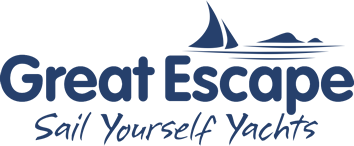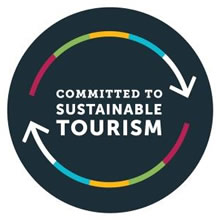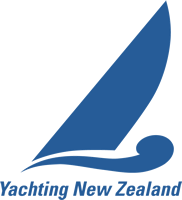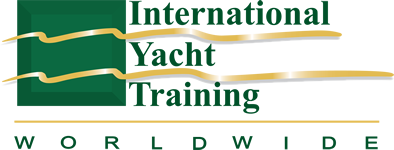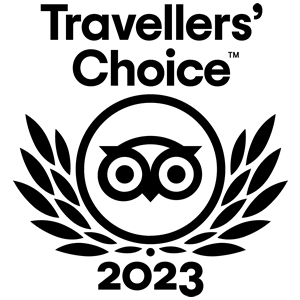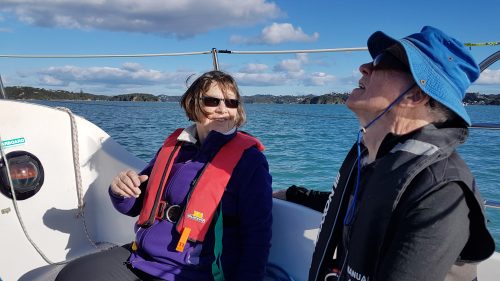 As adults we learn differently than children, and this means when learning to sail a course tailored for adults will deliver the best results.
As adults we learn differently than children, and this means when learning to sail a course tailored for adults will deliver the best results.
We arrive at a sailing course with all our past knowledge, experiences, fears, and beliefs. The advantage of this is that knowledge from other sports or activities may help us grasp sailing concepts more quickly. With more developed cognitive abilities, such as critical thinking, problem-solving, and abstract reasoning, we usually understand complex sailing techniques and strategies more easily. This prior knowledge also means that adults generally have a higher sense of risk perception and may approach sailing with a greater emphasis on safety. We might exhibit more cautious behaviour, be wary of making mistakes, and will adhere closely to safety guidelines, (mostly!)
Learning to sail as an adult is usually motivated by a personal interest or for recreational purposes. We often have specific goals, such as participating in races or cruising adventures. The dream of casting off and setting sail to distant Pacific island anchorages is a huge motivation for many of the Great Escape sailors.
Key components of effective sail training for adults should include:
- Hands-on experience: practical, experiential learning opportunities.
- Safety training: prioritisation of safety education and training, including instruction on safety procedures, emergency protocols, and basic seamanship skills.
- Personalised instruction: content tailored to individual needs and goals.
- Continuing education: opportunities for ongoing education and skill-building.
Effective sailing instruction should adapt to the specific needs and abilities of each learner, regardless of age, to create an inclusive and engaging learning experience. It’s never to late to learn and join “the sport for life”.
Click here to find out more about Great Escape Sailing School
